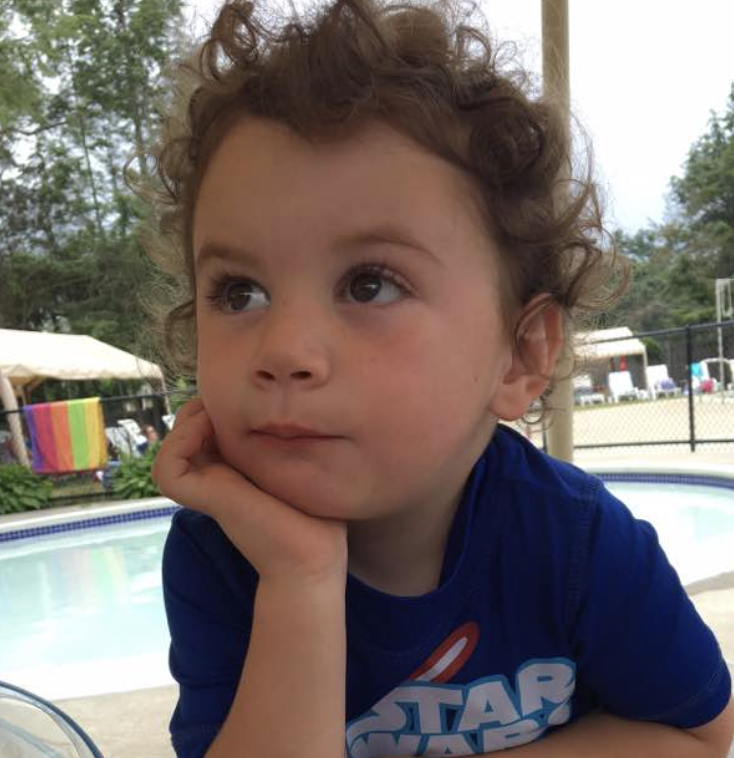My Child is Hiding From Friends

How to Work with Your Child to Find Out What is Really Going On
- Stay in the Conversation
 It’s easy to be rebuffed by your child and then give up. By surrendering the conversation, you are leaving your child without critical guidance. Start by finding a consistent time or a positive place to talk. Break up the routine. Spend time with your child one-on-one without siblings, and give your child the space to hear that you care and that you are worried. The time together will help your child feel comfortable opening up to you.
It’s easy to be rebuffed by your child and then give up. By surrendering the conversation, you are leaving your child without critical guidance. Start by finding a consistent time or a positive place to talk. Break up the routine. Spend time with your child one-on-one without siblings, and give your child the space to hear that you care and that you are worried. The time together will help your child feel comfortable opening up to you. - Empathize
Information is power. Often as parents, it is difficult not to react to what your child says. We’ve all launched right into blame, punishment, advice and, then the, “I told you so.” No matter what your child says — he skipped school, is avoiding lunch, or he broke the coffee table — let go of the desire to jump in and react. Take a moment to breathe, and then, listen. The larger goal is to gain your child’s trust and is more important than any minor rule infraction. Taking a moment to step back will help your child know that he can always feel comfortable coming to you. - Reflect, Clarify and be Curious
Paraphrasing what your child says and then repeating it back to him, shows empathy and helps you clarify your child’s concerns. For example, he might declare that he believes that, “people should invite me to play—I shouldn’t have to approach them.” “Reflect” this statement back to him — “What I hear you are saying is that you won’t approach anyone; they must come to you.” By summarizing and repeating his statements, you allow your child to clarify, share more information, and to tell his interpretation of the statement. By being curious and trying to understand his perspective you invite him to be comfortable opening up to you. - Don’t Impose Your Goals
Ask your child questions and listen. Do not assume you know the reasons for your child’s behavior. Do not apply pressure and impose your own goals and agenda on the situation. Getting your child to feel comfortable talking to you is about hearing and waiting and showing confidence that your child has the capacity to learn and grow. - Partner and Problem Solve
Like any of us, children share more when they feel heard and understood. They can put their guard down, engage more readily in the coaching process, commit to developing their social skills, and invest in their success. When you allow for more of a two-way conversation, your child will be more comfortable opening up. Having a calm, open conversation in the heat of the moment allows your child to know that in the future, he can count on you as a partner rather than a judge.
Social Skills Deeper Dive
More actionable advice, exercises and videos can be found in the Store

Adults with ADHD Social Skills Training: How to Get Along with Everyone – 2-Part Seminar with Caroline Maguire – Starting December 7, 2021
Rusty Social Skills Bundle – Everything you need to help students return to the classroom for the development of critical social skills.
How to Read the Room as an Adult – Managing perceptions and engaging successfully
How To Improve Social Skills In The Workplace
Wanna Make More Friends? Learn How to Make Small Talk
Coaching Conversations Video Course – How to use the lessons in Why Will No One Play with Me? in everyday life using real people and real scenarios
From “Hi” to a Full Conversation – How to adapt conversation starters to initiate small talk.
Joining a group Infographic – Make joining a group less intimidating – and more fun!
Building a Conversation Infographic – Learn how to engage in reciprocal give-and-take
Steps for Joining a Group Video – Step by step details to comfortably and successfully join a group
How to SEL – HOW TO help children build social skills



